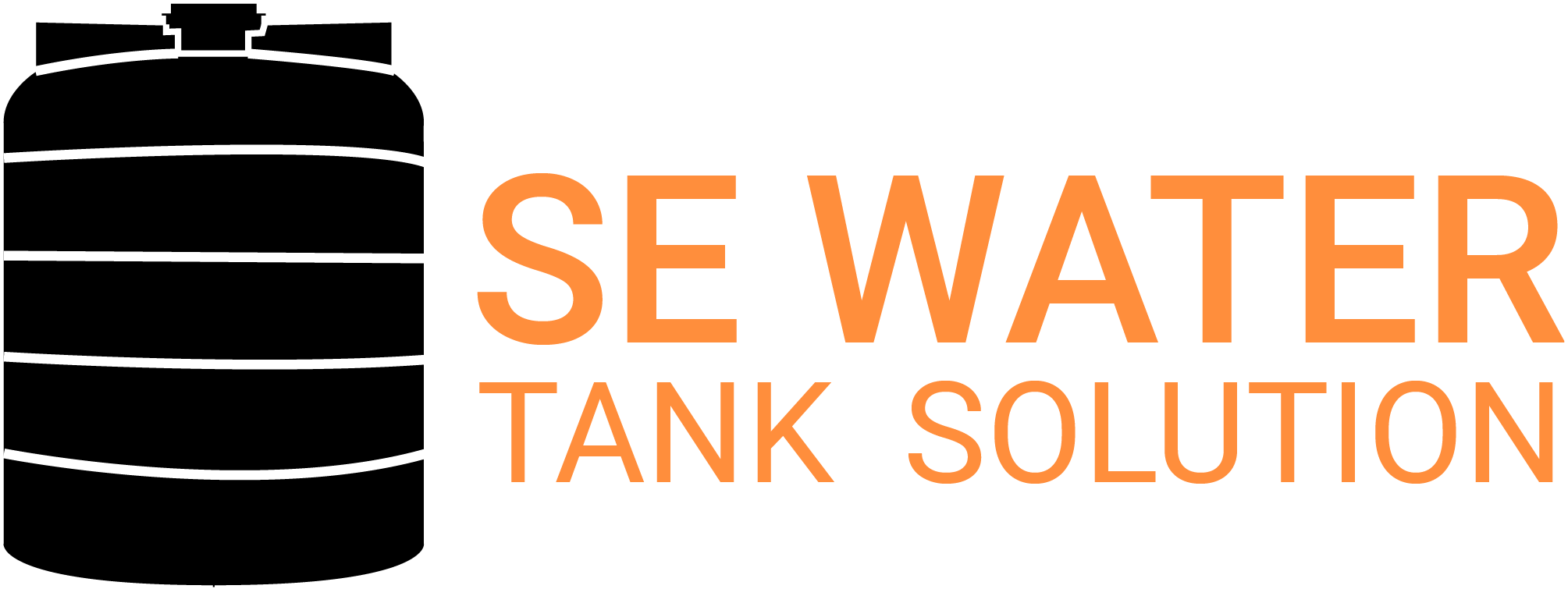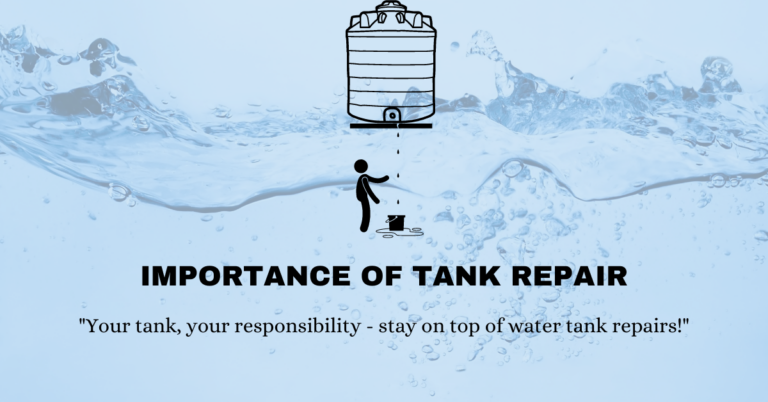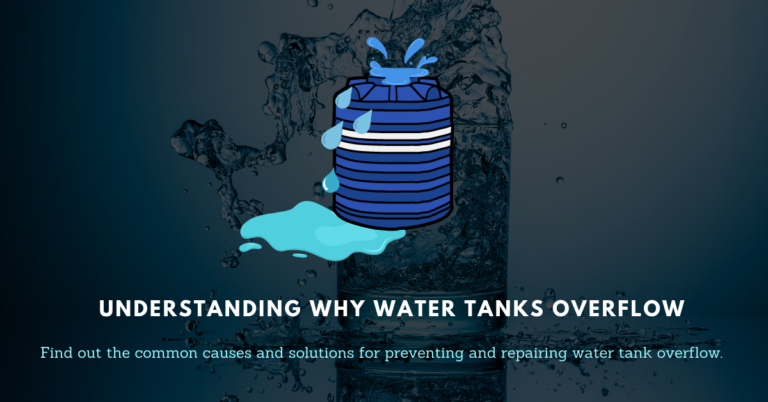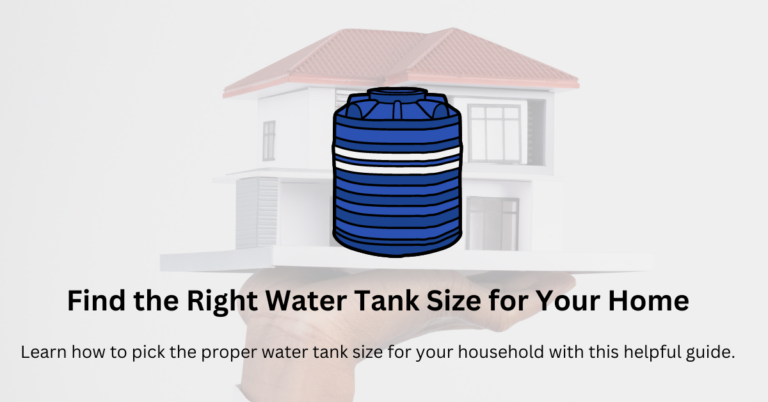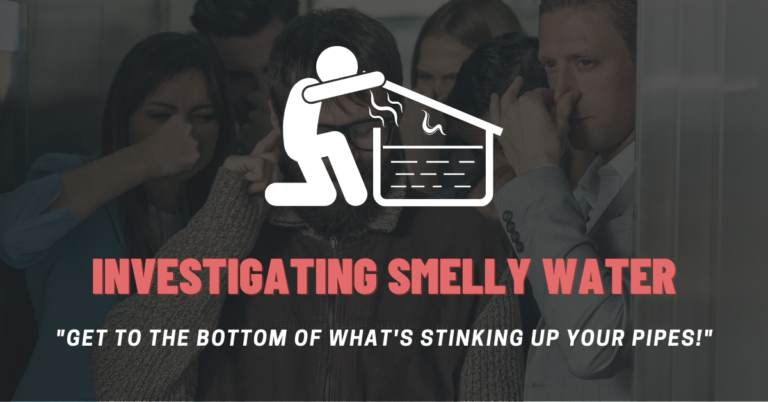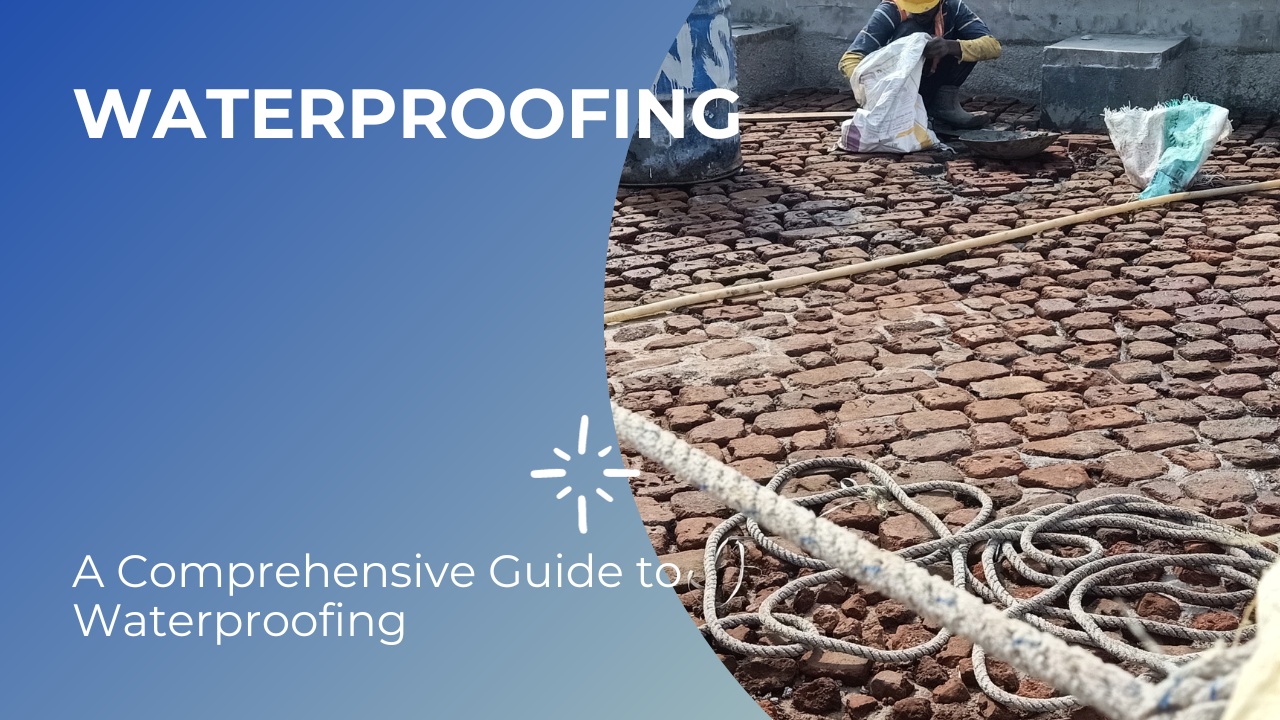i. Introduction
Waterproofing is an essential aspect of construction and building maintenance. It involves the application of materials and techniques to prevent the penetration of water and moisture into the structural elements of a building. In this article, we will explore the importance of waterproofing and provide an overview of the various materials and techniques used in the process.

A. Importance of Waterproofing
Waterproofing is crucial in protecting buildings and maintaining structural integrity from water damage. Without proper waterproofing, water can seep into the foundation, walls, and roof, leading to problems such as mold growth, deterioration of building materials, and structural weakening. Waterproofing not only prevents these issues but also helps preserve the property’s aesthetics and value.
B. Overview of Waterproofing Materials and Techniques
There are several types of waterproofing materials and techniques available today. Let’s take a closer look at some of the commonly used ones:
- Liquid Waterproofing Membranes: These are liquid-based coatings that form a seamless and flexible membrane when applied to the surface. They are easy to use and can conform to irregular shapes and sizes.
- Sheet Waterproofing Membranes: These are pre-formed sheets made of bitumen, rubber, or thermoplastics that are adhered to the surface using adhesives or heat-welding techniques. They provide excellent durability and resistance against water penetration.
- Cementitious Waterproofing: This technique involves the application of a cement-based coating or slurry to create a waterproof barrier. It is commonly used in basements, swimming pools, and water tanks.
- Bituminous Waterproofing: Bitumen, a sticky and viscous material, is used in this technique to provide a waterproof layer. It is often used in flat roofs and underground structures.
- Polyurethane Waterproofing: Polyurethane coatings are highly flexible and durable, making them suitable for various applications. They can be applied as liquid membranes or sprayed onto the surface.
- Others (Acrylic, Silicone, etc.): Various other waterproofing materials are available, such as acrylic and silicone-based coatings. These materials offer specific benefits and are often used in specialized applications.
These materials can be applied using different techniques depending on the project’s specific requirements. The techniques include:
- Exterior Waterproofing: This technique involves applying waterproofing materials on the external surface of the building. It includes excavation and drainage systems, waterproofing coatings, and outer waterproofing membranes.
- Interior Waterproofing: In this technique, waterproofing materials are applied to the interior surfaces of the building. It includes interior drainage systems, waterproofing paints, and internal waterproofing membranes.
- Combination Waterproofing: Sometimes, exterior and interior waterproofing techniques are necessary to ensure maximum protection against water infiltration.
iI. Common Waterproofing Problems
Waterproofing is an essential aspect of building construction that helps protect structures from water damage. However, several common waterproofing problems can arise without proper precautions. Understanding these problems and their causes is crucial to implement effective waterproofing solutions. This section will discuss the causes of water damage and the potential consequences if waterproofing is neglected.
A. Causes of Water Damage
Water damage can occur for various reasons, and it is important to identify the root causes to prevent further damage. Some of the common causes of water damage are:
- Poor construction techniques: Insufficient waterproofing measures during construction can lead to water penetration through cracks, joints, or improperly sealed areas.
- Leaking pipes and plumbing issues: Faulty plumbing systems or leaking pipes can result in water seepage into walls, ceilings, or floors.
- Roofing problems: Damaged or improperly installed roofs can allow water to enter the building, leading to leaks and moisture-related issues.
- Improper drainage: Inadequate or blocked drainage systems can cause water to accumulate around the foundation of a building, leading to water seepage or even structural damage.
- Condensation: Poor ventilation or insulation can result in condensation, which can lead to the accumulation of moisture and subsequent water damage.
B. Consequences of Water Damage
Water damage can have severe consequences if left unaddressed. Some of the potential effects of water damage are:
- Structural damage: Continuous exposure to water can weaken the structural integrity of a building, leading to cracks, rotting, and even collapse in extreme cases.
- Mold and mildew growth: Moisture provides an ideal environment for mold and mildew to thrive. Mold growth damages the building materials and poses health risks to occupants.
- Health hazards: Water damage can create a favorable environment for bacteria, fungi, and other microorganisms to multiply, increasing the risk of respiratory issues, allergies, and other health problems.
- Deterioration of finishes: Water damage can cause paint to peel, wallpapers to bubble, and flooring to warp or buckle, resulting in the decline of the aesthetics of a building.
- Decreased property value: Buildings with a history of water damage may experience a decrease in property value due to the perceived risks and potential repair costs associated with such issues.
III. Types of Waterproofing Materials
Waterproofing materials are essential for protecting buildings and structures from water damage. Various types of waterproofing materials are available in the market, each with unique properties and applications. This section will explore the different types of waterproofing materials commonly used in construction.
A. Liquid Waterproofing Membranes
Liquid waterproofing membranes are fluid-applied coatings that provide a seamless and flexible barrier against water infiltration. These membranes are typically made of polymer-based materials such as polyurethane, acrylic, or silicone, which are applied in liquid form and cured to form a durable and watertight membrane. Liquid waterproofing membranes offer excellent adhesion to many substrates and can be easily applied to complex shapes and surfaces. They are commonly used for waterproofing roofs, balconies, terraces, and other horizontal surfaces. The liquid form allows for easy application and can be quickly applied using a brush, roller, or spray.
B. Sheet Waterproofing Membranes
Sheet waterproofing membranes are pre-formed sheets or rolls made of bitumen, modified bitumen, or synthetic polymers. These membranes are applied by overlapping the sheets and sealing the joints to create a continuous waterproof barrier. Sheet waterproofing membranes are commonly used for below-grade applications such as basements and foundations and for vertical surfaces like walls and retaining walls. They provide excellent resistance to water and can withstand high hydrostatic pressure. The sheets are easy to install and can be bonded to the substrate using adhesives or heat welding.
C. Cementitious Waterproofing
Cementitious waterproofing is a type of waterproofing that involves the application of cement-based coatings or additives to create a waterproof barrier. These coatings are typically mixed with water and applied as a slurry or brush-on coating. Cementitious waterproofing is commonly used for below-grade applications, such as basement walls and floors, as well as for water tanks and swimming pools. The cement-based coatings provide excellent durability and resistance to water penetration. They can be easily applied using a brush or trowel and adhere to various substrates.
D. Bituminous Waterproofing
Bituminous waterproofing is a popular method that utilizes bitumen, a black, tar-like substance derived from crude oil. Bituminous waterproofing materials are available in various forms, including hot-applied asphalt, cold-applied bitumen emulsion, and self-adhesive membranes. Bituminous waterproofing is commonly used for roofs, basements, and other horizontal surfaces. The bitumen materials provide excellent waterproofing properties and can withstand extreme weather conditions. They are easy to apply and can be heated or cold-applied, depending on the product.
E. Polyurethane Waterproofing
Polyurethane waterproofing is a versatile and durable material commonly used for various applications. It is a liquid-applied membrane that cures to form a seamless and flexible barrier against water infiltration. Polyurethane waterproofing is ideal for roofs, terraces, balconies, and other horizontal surfaces. It offers excellent adhesion to various substrates and can be applied in different thicknesses to meet specific waterproofing requirements. The material is highly resistant to UV rays, weathering, and chemicals, making it suitable for indoor and outdoor applications.
F. Others (Acrylic, Silicone, etc.)
In addition to the types of waterproofing materials above, other options are available on the market, such as acrylic and silicone-based waterproofing coatings. These coatings are typically used for specific applications or as protective layers over existing waterproofing systems. Acrylic waterproofing coatings provide excellent weather resistance and can be used for roofs, walls, and concrete surfaces.
They offer flexibility and durability and can be easily applied using a brush, roller, or spray. Silicone waterproofing coatings are highly durable and resist UV rays, chemicals, and weathering. They are commonly used for roofs, facades, and other exposed surfaces. Silicone coatings offer superior water repellency and can be applied as a liquid or a spray. It is important to choose the right waterproofing material based on the specific requirements of your project, including the type of surface, water exposure level, and application method.
Consulting with a professional waterproofing contractor can help you select the most suitable material. Waterproofing Techniques Waterproofing is an essential aspect of construction that helps protect buildings and structures from water damage. Various techniques are available to ensure effective waterproofing, both for the exterior and interior of a building.
IV. the commonly used waterproofing techniques and their applications.
A. Exterior Waterproofing
Exterior waterproofing involves preventing water from entering the structure from the outside. It is particularly important for areas exposed to heavy rainfall or with high water table levels. Here are some popular exterior waterproofing techniques:
1. Excavation and Drainage Systems
Excavation and drainage systems are commonly used in exterior waterproofing to redirect water away from the foundation of a building. This technique involves digging trenches around the structure’s perimeter and installing pipes or drains to remove excess moisture. It helps prevent water from seeping into the foundation and causing damage.
2. Waterproofing Coatings
Waterproofing coatings are applied to the exterior walls and surfaces to create a protective barrier against water. These coatings are typically made of cementitious or polymer-based materials that adhere to the surface and provide a waterproof layer. Waterproofing coatings are commonly used on concrete walls, brickwork, and masonry surfaces.
3. External Waterproofing Membranes
External waterproofing membranes are another effective technique for exterior waterproofing. These membranes are usually made of bitumen or synthetic materials and are applied to the outer walls of the building. They form a continuous barrier that prevents water infiltration and protects the structure from moisture damage.
B. Interior Waterproofing
Interior waterproofing focuses on preventing water from entering the building from the inside. It is typically used in basements, bathrooms, and other moisture-prone spaces. Here are some commonly used interior waterproofing techniques:
1. Interior Drainage Systems
Interior drainage systems are installed within the building to collect and redirect water that enters through cracks or leaks. These systems typically consist of pipes, pumps, and drains that channel water away from the interior space. Interior drainage systems effectively manage water infiltration and prevent damage to the structure.
2. Waterproofing Paints
Waterproofing or moisture-resistant paints are applied to the interior walls and surfaces to provide a protective barrier against water. These paints contain special additives that make them resistant to water penetration. Waterproofing colors are commonly used in bathrooms, kitchens, and basements to prevent moisture-related issues.
3. Internal Waterproofing Membranes
Internal waterproofing membranes are applied to the interior walls and floors to create a barrier. These membranes are typically made of polymer-based materials and are used as a liquid or sheet. They effectively prevent water from entering the building and protect it from moisture damage.
C. Combination Waterproofing
Combination waterproofing involves using multiple techniques to ensure comprehensive protection against water infiltration. It combines exterior and interior waterproofing methods to create a robust system. This approach is often used in areas with high water exposure or buildings that require maximum protection against water damage. By employing a combination of exterior and interior waterproofing techniques, property owners can significantly reduce the risk of water damage and maintain the structural integrity of their buildings. The next section will discuss the factors that should be considered when choosing waterproofing materials.
V. Factors to Consider When Choosing Waterproofing Materials
Choosing the right waterproofing materials for your project is crucial to ensure long-lasting protection against water damage. There are several factors that you should consider before making a decision. This section will discuss the key factors that should influence your choice of waterproofing materials.
A. Water Exposure Level
The level of water exposure your structure will face is an important consideration when choosing waterproofing materials. Different materials have varying levels of resistance to water penetration. You will need highly waterproof materials if your structure is constantly exposed to water, such as in areas prone to heavy rainfall or near water bodies. On the other hand, if the water exposure is minimal, you may opt for materials with lower water resistance.
B. Substrate Type
The type of substrate you are working with also plays a significant role in determining the suitable waterproofing materials. Different materials adhere better to specific substrates. For example, liquid waterproofing membranes are ideal for concrete surfaces, while sheet membranes work well on flat surfaces like roofs. Consider the substrate’s composition, porosity, and condition to select the appropriate waterproofing material.
C. Application Method
The application method of waterproofing materials should align with the project requirements and constraints. Some materials are more suitable for spray application, while others may require brush or roller application. Additionally, consider the ease of application and the skills required. If you are a DIY enthusiast, choose user-friendly materials that can be applied without professional assistance.
D. Durability and Lifespan
The durability and lifespan of the chosen waterproofing materials are crucial factors to consider. You want materials that can withstand the test of time and provide long-lasting protection. Look for materials resistant to UV radiation, temperature changes, chemical exposure, and physical wear and tear. Consider the manufacturer’s warranty and product reviews to gauge the expected lifespan of the materials.
E. Cost
Cost is an important consideration for any construction project. Evaluate the cost of the waterproofing materials in terms of their quality, durability, and performance. Remember that investing in high-quality materials upfront can save you money in the long run by avoiding costly repairs and water damage.
Consider the overall value for money when comparing different options. By carefully considering these factors, you can make an informed decision when selecting waterproofing materials for your project. Remember to prioritize the specific needs of your structure and consult with professionals if needed. Proper waterproofing is essential to protect your investment and ensure the longevity of your system.
VI. Waterproofing Maintenance and Repair
Regular maintenance and timely repairs are essential for ensuring the effectiveness and longevity of waterproofing systems. Even the best waterproofing materials and techniques can deteriorate or fail over time without proper attention and care. This section will discuss the importance of regular inspections, common waterproofing issues, and effective repair techniques.
A. Regular Inspection and Maintenance
Regular inspections play a crucial role in identifying and addressing potential issues before they escalate into major problems. It is recommended to conduct checks at least once a year or after significant weather events such as heavy rain or snowfall. Here are some key steps to follow during a regular inspection:
- Check for signs of water intrusion, such as dampness, mold, or mildew.
- Inspect the exterior walls, roofs, and foundations for cracks, gaps, or deteriorated sealants.
- Examine the condition of waterproofing membranes, coatings, or paints for any signs of wear or damage.
- Inspect drainage systems, including gutters, downspouts, and sump pumps, to ensure proper functionality.
- Verify that the grading around the building is sloping away from the foundation to prevent water accumulation.
In addition to inspections, regular maintenance should be carried out to prolong the lifespan of waterproofing systems. It may include cleaning gutters, clearing debris from drainage systems, resealing joints and cracks, and reapplying protective coatings when necessary.
B. Common Waterproofing Issues and Solutions
Despite the best efforts in waterproofing, certain issues may arise over time. Identifying these issues promptly and implementing appropriate solutions can prevent further damage and costly repairs. Here are some common waterproofing problems and their possible solutions:
- Cracks and Gaps: Cracks in walls or foundations and gaps around windows or doors can allow water to seep in. These should be repaired using suitable sealants or fillers.
- Leaking Roofs: Roof leaks can damage water and compromise structural integrity. Timely repairs or replacement of damaged roofing materials is crucial.
- Failed Waterproofing Membranes: Waterproofing membranes may degrade or develop punctures over time. Damaged sections should be repaired or replaced to maintain the system’s effectiveness.
- Clogged Drainage Systems: Accumulated debris in gutters or downspouts can hinder proper water drainage. Regular cleaning and maintenance of these systems can prevent blockages.
- Poor Grading: Improper slope or grading around the building can cause water to pool near the foundation. Reshaping the grade or installing proper drainage solutions can redirect water away from the structure.
C. Repair Techniques
When it comes to repairing waterproofing systems, choosing the appropriate techniques and materials is essential based on the specific issue. Here are some commonly used repair techniques:
- Crack Injection: This method involves injecting specialized sealants or resins into cracks to seal them and prevent water intrusion.
- Membrane Patching: Damaged sections of waterproofing membranes can be patched or overlaid with new membrane materials to restore their integrity.
- Coating Reapplication: Protective coating, such as elastomeric or acrylic, can be reapplied to surfaces to enhance waterproofing capabilities and extend lifespan.
- Joint Sealant Replacement: In areas where joints or gaps exist, replacing old or deteriorated sealants with new ones can prevent water penetration.
- Grading and Drainage Improvements: If poor grading is causing water accumulation, reshaping the grade and installing additional drainage solutions can resolve the issue.
It is important to note that waterproofing repairs may require specialized knowledge and skills. In complex cases or when dealing with extensive damage, it is recommended to consult professional waterproofing contractors who can provide expert guidance and ensure effective repairs.
VII. Tips for Effective Waterproofing
Waterproofing is an essential process that helps protect buildings and structures from water damage. It involves using various materials and techniques to create a barrier that prevents water from seeping into the system. While the choice of waterproofing materials and methods is crucial, the effectiveness of the waterproofing process also depends on several other factors. In this section, we will discuss some important tips for effective waterproofing.
A. Proper Surface Preparation
Proper surface preparation is a critical step in the waterproofing process. Before applying any waterproofing material, it is essential to ensure the surface is clean, dry, and free from contaminants or loose particles. It can be achieved by thoroughly cleaning the surface and repairing any cracks or damages. It is also important to ensure that the surface is smooth and level to facilitate the proper application of the waterproofing material.
B. Correct Application Techniques
The correct application techniques play a vital role in the effectiveness of waterproofing. Each type of waterproofing material requires specific application methods, and it is important to follow the manufacturer’s instructions for the best results. It may include using the right tools and equipment, applying the material in the recommended thickness, and ensuring proper coverage. Pay attention to corners, edges, and joints to provide a complete and seamless waterproofing system.
C. Adequate Curing and Drying Time
After applying the waterproofing material, it is crucial to allow sufficient time for curing and drying. It is necessary to ensure the material forms a strong and durable barrier against water. The curing and drying time can vary depending on the type of material used and the environmental conditions. It is important to follow the manufacturer’s guidelines regarding the recommended curing and drying time to ensure the effectiveness of the waterproofing system.
4. Hiring Professional Waterproofing Contractors
While DIY waterproofing can be tempting, hiring professional waterproofing contractors for complex or large-scale projects is often best. Professional contractors have the knowledge, experience, and specialized equipment to ensure the proper application of waterproofing materials. They can identify potential problems and provide effective solutions to ensure long-lasting and reliable waterproofing.
Hiring professionals also ensure the waterproofing work is done efficiently and meets industry standards.
VIII. Conclusion
Proper waterproofing is essential for protecting buildings and structures from water damage. It helps prevent costly repairs, structural deterioration, and the growth of mold and mildew. In this blog post, we have discussed the importance of waterproofing, the different materials and techniques available, and the factors to consider when choosing the right waterproofing solution.
